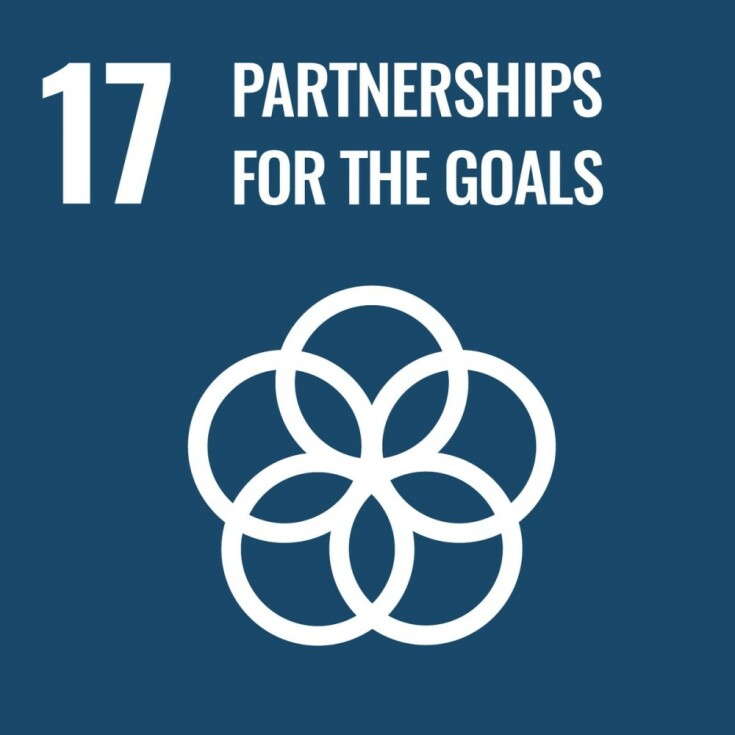As the Global Week to #Act4SDGs comes to an end, we publish the last excerpt from our brief “The role of media: Driving change towards the SDGs”, where we discuss the relationship between media and the SDG 17: Partnerships for the Goals.
“Without freedom of expression and freedom of the press, it will be difficult to successfully promote fraternity between nations, disarmament and a better world order to succeed in our time”
– Chair of the Norwegian Nobel Committee[i]
Considered as the Fourth Estate because of their capacity for advocacy and persuasive authority, media act as agenda setters, raising awareness of social problems[ii]. Social movements seek news media attention as a means to advance a given social or public policy initiative[ii], while government agencies, civil society and non-governmental organisations partner with media to garner public attention through public information campaigns [iv].
Media also contribute to furthering development commitments[v]. They can offer a platform for dialogue and partake in coalitions for change, working alongside other stakeholders to support the achievement of development objectives[vi]. In particular, they can act as an instrument to increase public awareness of the SDGs[vii] and hold governments accountable for the implementation of national commitments[viii].
Below we present case studies of impactful journalism and information sharing done by MDIF clients done in the area of SDG 17 as real-world examples that illustrate the transformative power of media.
Example of impact
In Chile, MiVoz, a chain of local news websites, organised an online community event focused on the environmental situation of the Arica region in cooperation with the local municipality and the environmental initiative “It’s Now”. The conversation gathered regional experts who discussed local social-environmental concerns and triggered important commitments from the regional administration. It also laid the ground for the creation of a local environmental consortium, which, soon organised reforestation action that involved 100 volunteers planting native trees close to a local river. In his speech at the planting site, the Mayor of Arica personally thanked MiVoz for promoting the process.
In Indonesia, digital business news outlet Katadata examined the country’s social forestry programme, which aims to reduce the rate of deforestation, alleviate poverty and end forestland conflicts by giving local communities the opportunity to manage the country’s forests themselves. Its analysis showed that the number of illegal loggings, land conflicts and timber theft has decreased since the beginning of the programme. Additionally, according to its survey, more than 70% of farmers participating in the programme said that their family income had doubled or more. Katadata’s findings were used as a reference by the Indonesian government and the Ministry of Environment and Forestry for policy-making on social forestry.
Read the full brief “The role of media: Driving change towards the SDGs” here.
[i] Norwegian Nobel Committee (2021) “The Nobel Peace Prize 2021”
[ii] Boydstun, A. E. (2013). “Making the news: Politics, the media, and agenda setting”. University of Chicago Press.
[iii] Andrews, K. T., and Caren, N. (2010). “Making the news: Movement organizations, media attention, and the public agenda” American sociological review; Hunt, K. Gruszczynski, M (2019). “The influence of new and traditional media coverage on public attention to social movements: the case of the Dakota Access Pipeline protests”. Information, Communication & Society.
[iv] Jacob, R. B., Sapienza, E., & Lister, S (2019). “UNDP’s Engagement with the Media for Governance, Sustainable Development and Peace”
[v] Okello-Orlale, R (2006). “Looking back and ahead: The media and the struggle for gender equality after the Nairobi UN women’s conference”. Agenda.
[vi] UNDP, UNESCO (2019). “Entry points for media development to support peaceful, just and inclusive societies and Agenda 2030”
[vii] Mulholland, E (2019). “Communicating sustainable development and the SDGs in Europe: good practice examples from policy, academia, NGOs, and media”. ESDN quarterly report
[viii] SDG Accountability Portal (2019). “Engaging with the Media”
